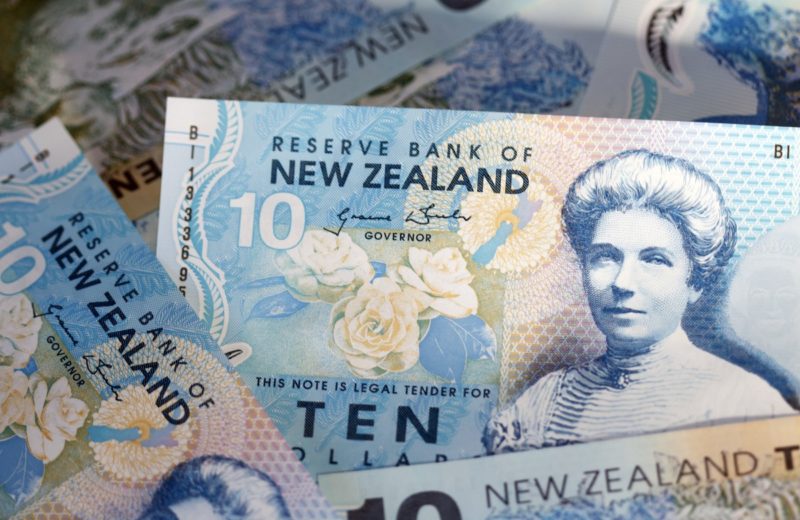Let’s check the market. From net shorts of $9.9 billion the previous week, the value of the net short dollar positions at $10.5 billion in the week ending on April 7. Thus, for four consecutive weeks, Speculators have been short on the United States dollar.
We have received arrived better-than-expected economic data from China. It painted a much less gloomy picture of coronavirus’ economic fallout than markets were fearing. Thus, the United States dollar fell, much to the enjoyment of the Australian dollar and sterling on Tuesday.
March exports of China fell by 6.6% from an earlier year. This is in comparison to the 9.5% drop anticipated by economists and compared to the 14% drop in imports by less than 1%.
Daily fatalities fell sharply, moreover, in the United States. Thus, states are beginning to plan to open their economies.
So, traders abandoned the safety net of the most liquid currency and turned to riskier currencies. Currently, the most liquid currency is the dollar.
The Australian and the United States Dollars
Meanwhile, against the United States dollar, the Australian dollar rose to a more than one-month high of 6.432 and was lately up by 0.5%.
The sterling went up by the same magnitude, touching $1.2575 and reached its highest point since March 13. Moreover, the pound was closely linked to the performance of equity markets.
Against the united states dollar, the euro inched up by 0.2% to $1.0932.
Against the United States dollar, the yen rose by 0.1% to 107.69 yen. Therefore, the only currency the dollar was up against was the Japanese yen.
Lee Hardman is a currency analyst at MUFG. Hardman said that there is continual improvement in the sentiment of global investor risk in the near term. Moreover, he added, this is in combination with the Federal Reserve’s aggressive policy response. Thus, things are starting to weigh down more on the United States dollar.
The mood in the forex markets was preempted last week by leveraged funds.














